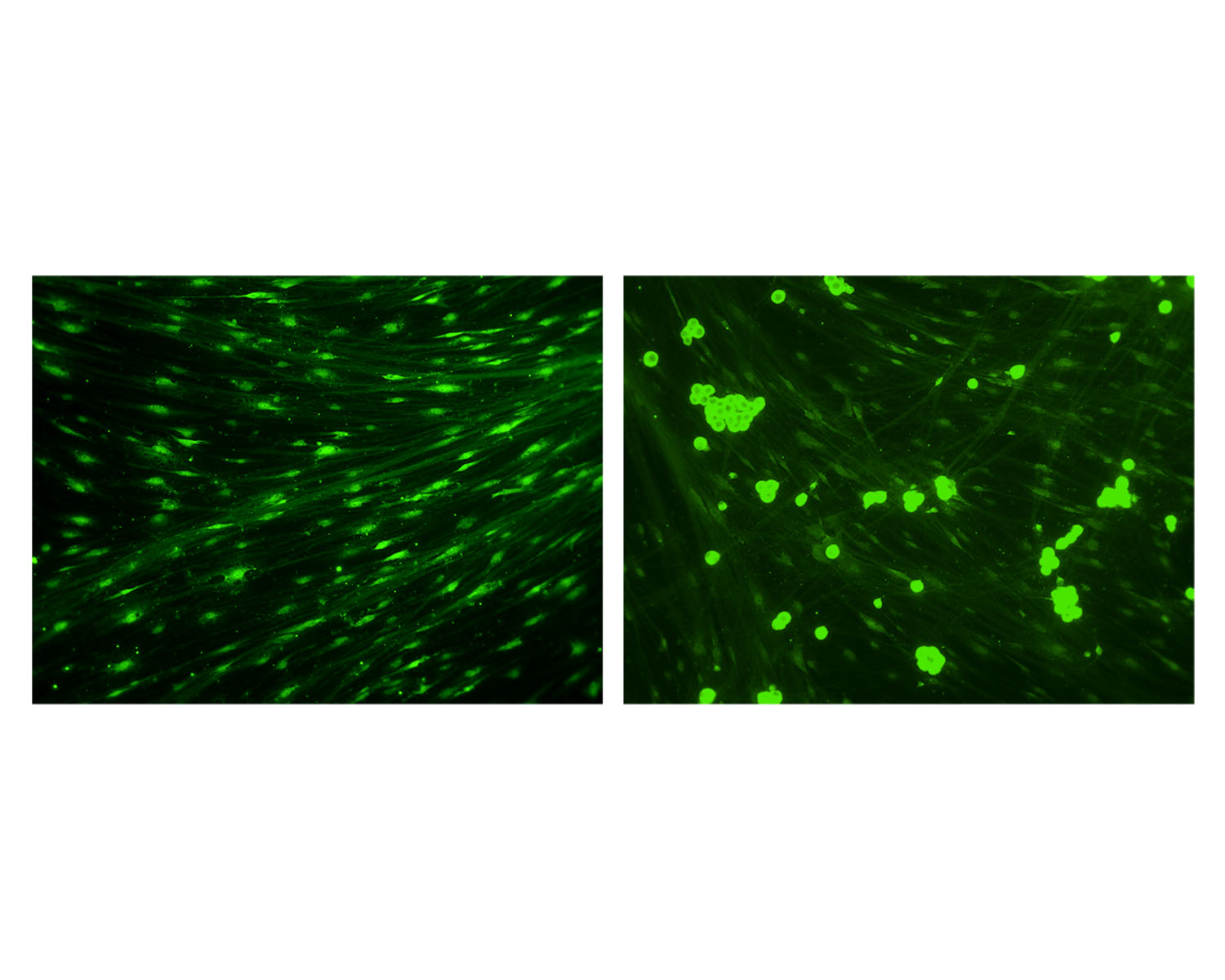Protein S100-B, Rabbit Polyclonal Antibody
As low as
US$427.00
Only %1 left
Catalog Number
R-1734
- Product Name Protein S100-B, Rabbit Polyclonal Antibody
- Product Description Rabbit anti-Protein S100-B Polyclonal Antibody (Unconjugated), suitable for WB.
- Alternative Names S100B; Calcium binding protein B1; S-100 protein beta chain; S-100 protein subunit beta; S100 calcium-binding protein B;
- Application(s) WB
- Antibody Host Rabbit
- Antibody Type Polyclonal
- Specificity The specificity of this antibody has been confirmed by WB against the antigen. Human (WB); rat (WB); predicted to react with mouse due to sequence homology;
- Species Reactivity Human, Mouse (Predicted), Rat
- Immunogen Description A synthetic peptide corresponding to a region (64-78 aa) at the C-terminus from human Protein S100 beta (S100b).
- Conjugate Unconjugated
- Purity Description Affinity purified against peptide immunogen
- Regulatory Status For research use only.
Product Info
- Product Description Rabbit anti-Protein S100-B Polyclonal Antibody (Unconjugated), suitable for WB.
- Application(s) WB
- Application Details Western Blotting (WB) and Immunocytochemistry (ICC). A concentration of 0.1-0.5 µg/mL is recommended for WB. For ICC, a concentration of 0.2-2.0 µg/mL is recommended. Human S100b protein (precursor) has a predicted length of 92 amino acids and MW of 11 kDa. Biosensis recommends optimal dilutions/concentrations should be determined by the end user.
- Target Protein S100-B
- Specificity The specificity of this antibody has been confirmed by WB against the antigen. Human (WB); rat (WB); predicted to react with mouse due to sequence homology;
- Target Host Species Human
- Species Reactivity Human, Mouse (Predicted), Rat
- Antibody Host Rabbit
- Antibody Type Polyclonal
- Antibody Isotype IgG
- Conjugate Unconjugated
- Immunogen Description A synthetic peptide corresponding to a region (64-78 aa) at the C-terminus from human Protein S100 beta (S100b).
- Purity Description Affinity purified against peptide immunogen
- Format Lyophilized with 5 mg BSA, 0.9 mg NaCl, 0.2 mg Na2HPO4, 0.05 mg Thimerosal, 0.05 mg NaN3
- Reconstitution Instructions Spin vial briefly before opening. Reconstitute in 100 µL sterile-filtered, ultrapure water to achieve an antibody concentration of 1 mg/mL. Centrifuge to remove any insoluble material.
- Storage Instructions Store at -20°C (lyophilized formulations). After reconstitution, store at 2-8°C short-term (1 month). Aliquot and store at -20°C for a higher stability. Avoid freeze-thaw cycles.
- Batch Number Please see item label.
- Expiration Date 12 months after date of receipt (unopened vial).
- Alternative Names S100B; Calcium binding protein B1; S-100 protein beta chain; S-100 protein subunit beta; S100 calcium-binding protein B;
- Uniprot Number P04271
- Uniprot Number/Name P04271 (S100B_HUMAN)
- Scientific Background Protein S100 beta belongs to the S100 family of proteins containing 2 EF-hand calcium binding motifs. S100 proteins are localized in the cytoplasm and/or nucleus of a wide range of cells, and are involved in the regulation of a number of cellular processes such as cell cycle progression and differentiation. Among brain cells, S100 beta is often used as a marker for astrocytes. The 2 subunits of S100 protein are the products of separate genes. The beta subunit is present in all S100 positive cells and tumours whereas the alpha subunit is detectable only in specific tissues such as heart, skeletal muscle and brain. The S100 protein is a homodimer composed of two alpha subunits (S100a) or two beta subunits (S100b) or as a heterodimer with one alpha and beta subunit (S100ab or S100ao).
- Shipping Temperature 25°C (ambient)
- UNSPSC CODE 41116161
- Regulatory Status For research use only.

 1800 605-5127
1800 605-5127 +61 (0)8 8352 7711
+61 (0)8 8352 7711


